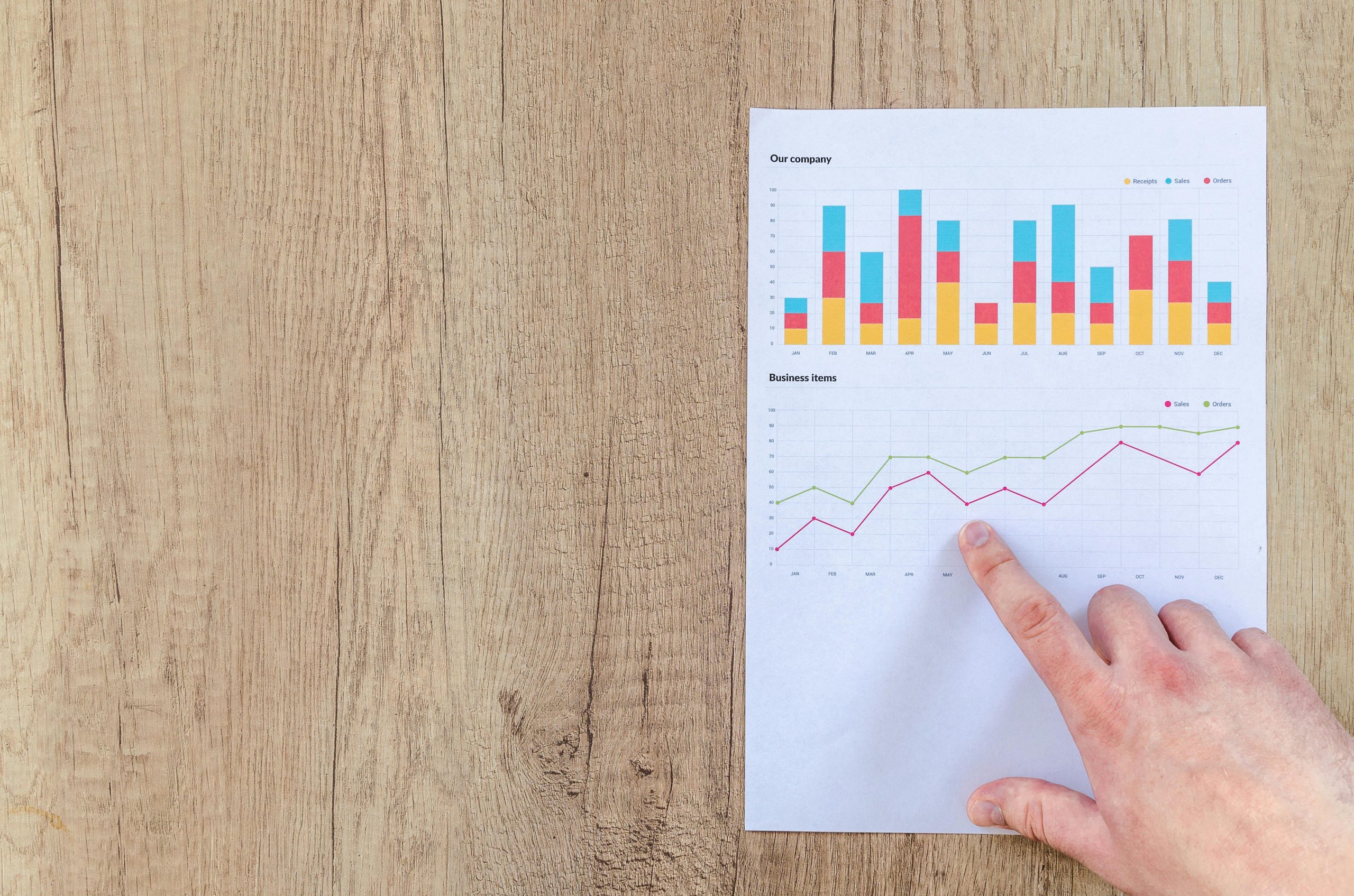The global economy is at a crossroads as we approach 2025, with shifting geopolitical dynamics, technological advancements, and environmental concerns shaping the future. Economists and policymakers are closely monitoring trends to forecast growth, identify challenges, and uncover opportunities. This article explores the projected economic landscape for 2025, analyzing key drivers, potential obstacles, and emerging prospects for businesses and nations alike.
Key Trends Shaping Global Economic Growth in 2025
The global economy is expected to grow at a moderate pace in 2025, with the International Monetary Fund (IMF) projecting an average growth rate of around 3.1%. Several trends will influence this trajectory:
- Technological Innovation: AI, automation, and green energy solutions will drive productivity and create new industries.
- Demographic Shifts: Aging populations in developed nations and youthful workforces in emerging markets will reshape labor dynamics.
- Trade Realignment: Regional trade blocs and supply chain diversification will gain momentum amid geopolitical tensions.
- Sustainability Focus: Climate policies and ESG (Environmental, Social, and Governance) investments will play a larger role in economic decisions.
Regional Growth Variations
While global growth is expected to stabilize, regional disparities will persist:
- Asia-Pacific: Led by India and Southeast Asia, this region will remain the fastest-growing, with an estimated 4.5% growth rate.
- North America: The U.S. and Canada will see steady but slower growth, around 2.2%, as inflation pressures ease.
- Europe: Growth may lag at 1.7% due to energy transitions and geopolitical uncertainties.
- Africa: With a young workforce, Africa could surprise with 3.8% growth if infrastructure investments accelerate.
Challenges to Economic Expansion
Despite optimistic projections, several hurdles could derail growth in 2025:
Geopolitical Instability
Ongoing conflicts, trade wars, and shifting alliances create uncertainty. Escalating tensions between major economies could disrupt supply chains and inflate commodity prices.
Inflation and Monetary Policy
While inflation is expected to stabilize, central banks may keep interest rates higher for longer, limiting business investment and consumer spending in some markets.
Climate Change Risks
Extreme weather events and climate-related disruptions could strain agriculture, infrastructure, and insurance markets, particularly in vulnerable regions.
Debt Burdens
Many developing nations face unsustainable debt levels, potentially leading to defaults or austerity measures that stifle growth.
Emerging Opportunities for Businesses and Investors
Amid these challenges, 2025 presents significant opportunities for those prepared to adapt:
The Green Economy Boom
The transition to renewable energy and sustainable technologies will create trillion-dollar markets. Key areas include:
- Electric vehicle infrastructure
- Carbon capture and storage solutions
- Circular economy innovations
Digital Transformation Acceleration
Businesses leveraging AI, blockchain, and IoT will gain competitive advantages:
- Smart manufacturing and Industry 4.0
- Fintech and digital payment solutions
- Remote work technologies
Emerging Market Potential
Countries with young populations and improving governance offer untapped potential:
- Vietnam’s manufacturing sector
- Nigeria’s tech startup ecosystem
- Indonesia’s consumer market
Sector-Specific Outlook for 2025
Different industries will experience varied growth trajectories:
Technology and Telecommunications
5G expansion and AI integration will drive growth, with cybersecurity becoming increasingly critical.
Healthcare and Biotechnology
Personalized medicine and aging populations will sustain demand, while AI-driven diagnostics could revolutionize care.
Manufacturing and Logistics
Reshoring trends and automation will transform production, while smart logistics optimize supply chains.
Financial Services
Digital banking and decentralized finance (DeFi) will continue disrupting traditional models.
Conclusion
The global economic forecast for 2025 presents a mixed picture of cautious optimism. While growth is expected to continue, it will be uneven across regions and sectors. Businesses and policymakers must navigate geopolitical tensions, technological disruption, and climate challenges while capitalizing on emerging opportunities in green technologies, digital transformation, and high-growth markets. Success will depend on agility, innovation, and strategic partnerships that can turn potential obstacles into competitive advantages. By understanding these dynamics early, stakeholders can position themselves to thrive in the evolving economic landscape of 2025 and beyond.
